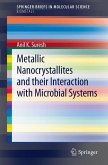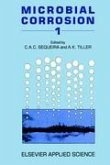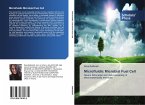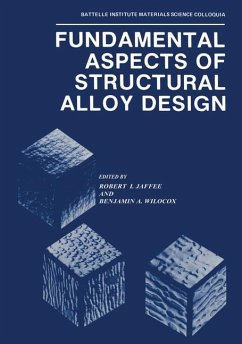The subject of corrosion is a very broad interdisciplinary study involving many aspects of chemistry, metallurgy and chemical engineering. In recent of microbiological corrosion has begun to develop and to be years the subject recognized, and this area of corrosion is of enormous significance in relation to the behaviour of materials buried in soil, in industry in general in relation to all types of water usage, in the machining and fabrication of materials and in certain advanced technology areas such as aircraft. As new materials are developed we shall have to cope with biodeterioration of these and since these may in some cases take the form of coatings on metals the implication of this with respect to conventional corrosion processes will have to be taken into account. Indeed there is now a very strong case for considering corrosion as the "environmental degradation of materials" and for allowing this term to embrace all materials and all forms of degradation irrespective of mechanism. This article will be concerned only with those aspects of corrosion which are immediately relevant to the scope of this book. Atmospheric corrosion, mechanical influences in corrosion, i. e. , stress corrosion, corrosion fatigue, cavitation and fretting, and considerations of the effects of temperature and flow on corrosion will not be covered. The reader who may wish to extend his knowledge of these aspects of corrosion is advised to consult the standard 1 texts available.
Hinweis: Dieser Artikel kann nur an eine deutsche Lieferadresse ausgeliefert werden.
Hinweis: Dieser Artikel kann nur an eine deutsche Lieferadresse ausgeliefert werden.








